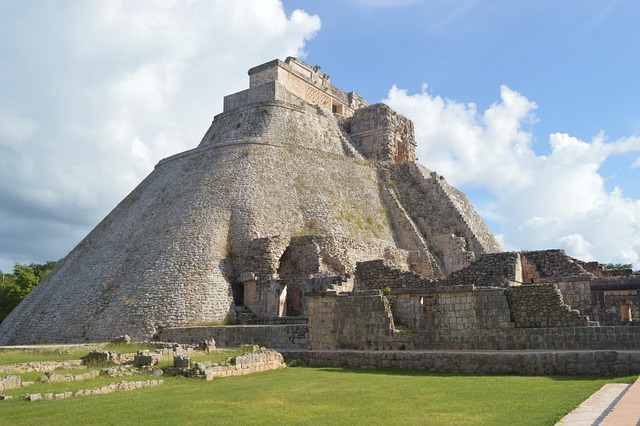First up, they had a workforce that resembled a well-oiled machine. Contrary to the popular belief that slaves built the pyramids, evidence suggests that they were actually skilled laborers who took great pride in their work. Imagine a team of artisans and builders, working side by side, each contributing their unique skills to create something that would outlast them all. It’s kind of like a group project taken to the extreme!
Next, let’s talk logistics. How did they transport those massive stones from quarries? They likely used the Nile River as their highway. By floating the blocks down the river on raft-like structures, they turned a tough task into a smooth sailing venture. Now, combine that with ingenious ramps made of mud brick or limestone, and you have a recipe for success. It’s like building a stairway to the stars—one block at a time.
And what about tools? While they didn’t have power drills or cranes, they were masters with copper tools and stone hammers. Think of them as ancient craftsmen, finding a way to move mountains—literally! Each chip and chisel mark carried the weight of their dreams, their beliefs, and their devotion to the gods.

These architectural wonders weren’t just tombs for the pharaohs; they were complex puzzles crafted with unyielding determination and ingenuity—each stone telling a story of ancient Egypt’s spirit!
Theories Behind Their Construction
First off, we have the theory of function over form. Imagine you’re building a treehouse; it needs to be sturdy enough to hold your friends while offering the perfect view of the backyard. In architecture, every structure needs to serve its purpose beautifully. Think about a stadium that not only houses thousands of fans but also enhances their experience through innovative design.
Then there’s the sustainable design theory. Environmentally conscious construction isn’t just a trend—it’s a necessity! It’s like putting on sunscreen before hitting the beach; you want to protect what you love. Architects and builders are now looking at materials that reduce carbon footprints while maximizing energy efficiency.
Now, let’s not forget the cultural relevance theory. Buildings are like books; they tell stories about the people who live around them. A skyscraper in New York speaks to ambition and modernity, while a cozy cabin in the woods whispers tales of comfort and simplicity.
Lastly, look at the psychological impact. Structures can evoke feelings, right? Think about walking into an open space that just makes you feel free. That’s the genius of understanding how space and design affect our moods.
So, next time you marvel at a striking building, remember, there’s a treasure trove of theories and creativity behind its construction, each adding layers to that experience.
Why the Pyramids Still Fascinate Historians
First off, the sheer scale of the pyramids is mind-boggling. Picture a building that could house multiple cities, crafted with millions of limestone blocks. How on earth did the ancient Egyptians manage this without modern machinery? Historians have long debated this, endlessly intrigued by the techniques and resources utilized. It’s as if the pyramids are a puzzle waiting for someone to crack their ancient code.
Moreover, the pyramids serve as a time capsule, revealing much about Egyptian society, religion, and belief systems. They were not mere tombs; they embodied the very essence of life after death, showcasing the Egyptians’ strong belief in the afterlife. The hieroglyphics and burial artifacts found in these monumental structures continue to tell us incredible tales of daily life, trade, and spirituality. Isn’t it fascinating how a few etched symbols can bridge the gap between millennia?
And let’s not forget about the aura of mystery surrounding these grand designs. From conspiracy theories about alien involvement to the speculations surrounding their purpose, the pyramids are a goldmine for those with a taste for the enigmatic. Every stone seems to whisper secrets that historians are eager to decode, making these architectural wonders a perpetual source of inspiration and inquiry.
So, the next time you think about the pyramids, consider this: they’re more than just ancient relics; they’re a vibrant connection to our collective past, endlessly beckoning us to learn, explore, and appreciate.
























Add comment